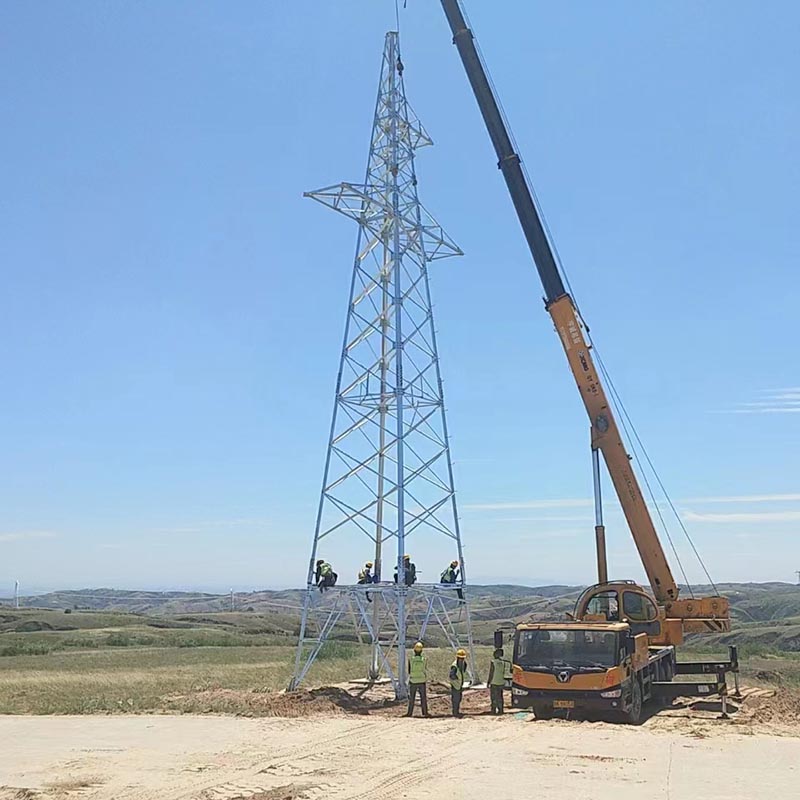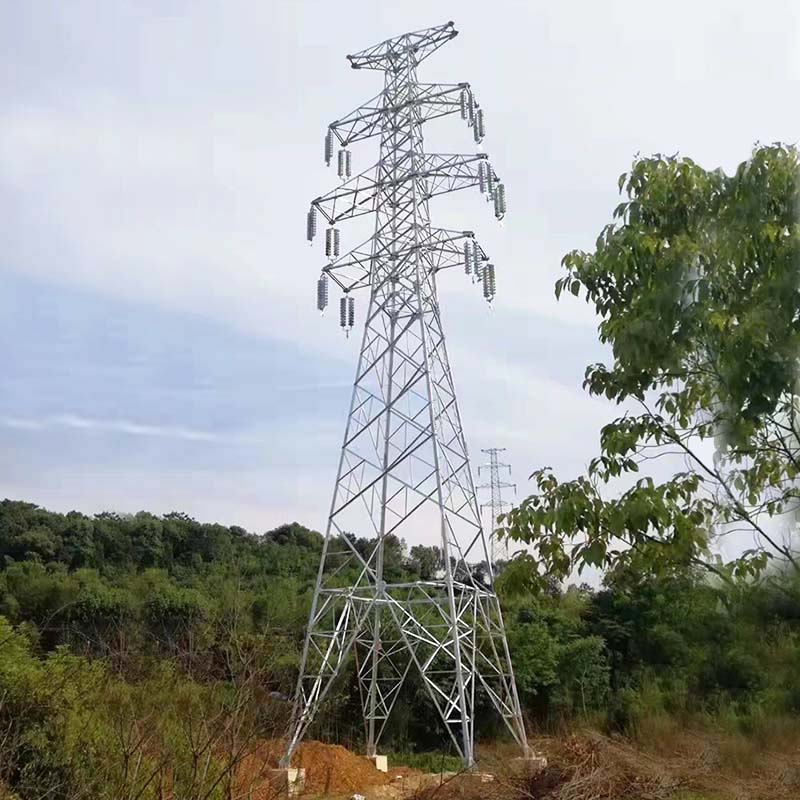 English
English Español
Español  Português
Português  русский
русский  Français
Français  日本語
日本語  Deutsch
Deutsch  tiếng Việt
tiếng Việt  Italiano
Italiano  Nederlands
Nederlands  ภาษาไทย
ภาษาไทย  Polski
Polski  한국어
한국어  Svenska
Svenska  magyar
magyar  Malay
Malay  বাংলা ভাষার
বাংলা ভাষার  Dansk
Dansk  Suomi
Suomi  हिन्दी
हिन्दी  Pilipino
Pilipino  Türkçe
Türkçe  Gaeilge
Gaeilge  العربية
العربية  Indonesia
Indonesia  Norsk
Norsk  تمل
تمل  český
český  ελληνικά
ελληνικά  український
український  Javanese
Javanese  فارسی
فارسی  தமிழ்
தமிழ்  తెలుగు
తెలుగు  नेपाली
नेपाली  Burmese
Burmese  български
български  ລາວ
ລາວ  Latine
Latine  Қазақша
Қазақша  Euskal
Euskal  Azərbaycan
Azərbaycan  Slovenský jazyk
Slovenský jazyk  Македонски
Македонски  Lietuvos
Lietuvos  Eesti Keel
Eesti Keel  Română
Română  Slovenski
Slovenski  मराठी
मराठी  Srpski језик
Srpski језик
High Voltage Power Tower Transmission Line Tower
Send Inquiry
Xuteng Iron Tower is one of professional leader China High Voltage Power Tower Transmission Line Tower manufacturers with high quality and reasonable price. Welcome to contact us. Construction Method of High Voltage Power Tower Transmission Line Tower.
The large number and wide distribution of high voltage power tower transmission line towers, as well as the complex and varied natural and terrain conditions, are not conducive to the use of large machinery for transportation and installation. China often uses pole lifting methods. In the 1970s, a safer inverted installation method was adopted for towers over 100 meters, using the bottom layer of the steel tower as a load-bearing frame. It was installed in place section by section from top to bottom, lifted as a whole, and temporarily fixed with fiber ropes. Towers are generally simplified to static analysis. For dynamic loads such as wind, broken lines, and earthquakes, the dynamic effect is usually considered by multiplying the wind vibration coefficient, broken line impact coefficient, and seismic force response coefficient on the basis of static analysis.
The internal force calculation of high voltage power tower transmission line towers is the same as tower and mast structures, but the following two issues must be considered:
① The effect of wire wind load on the tower. Due to the large spacing between the support points of the wire (usually 200-800 meters) and the longer period of lateral oscillation (usually around 5 seconds), consideration should be given to the uneven distribution of wind along the wire and the dynamic effect of the wire on the tower. In the early 1960s, many countries' power departments used actual test lines to determine the maximum response of conductors under strong winds, and developed practical calculation methods based on this. Some of these methods have been incorporated into national regulations, but due to various factors such as terrain, accuracy of measuring instruments, and analysis level, these practical calculation methods still cannot accurately reflect the real situation. In the mid-1970s, the theory of random vibration was applied to analyze the dynamic response of conductors to towers caused by gusts of wind. This method, based on measured data and using statistical concepts and spectral analysis to estimate the probability peak of structural response, is more in line with the characteristics of wind.
② The effect of wire breaking force on the tower. When a wire suddenly breaks, the impact load on the tower reaches its peak in a very short time, and the relative values of each part vary, making it a complex transient forced vibration that is difficult to theoretically calculate. Generally, the peak value of the impact force is obtained based on on-site test data, and a practical "wire breaking impact coefficient" is developed based on this, with values ranging from 1.0 to 1.3, depending on the voltage level, tower type, and different parts.




















